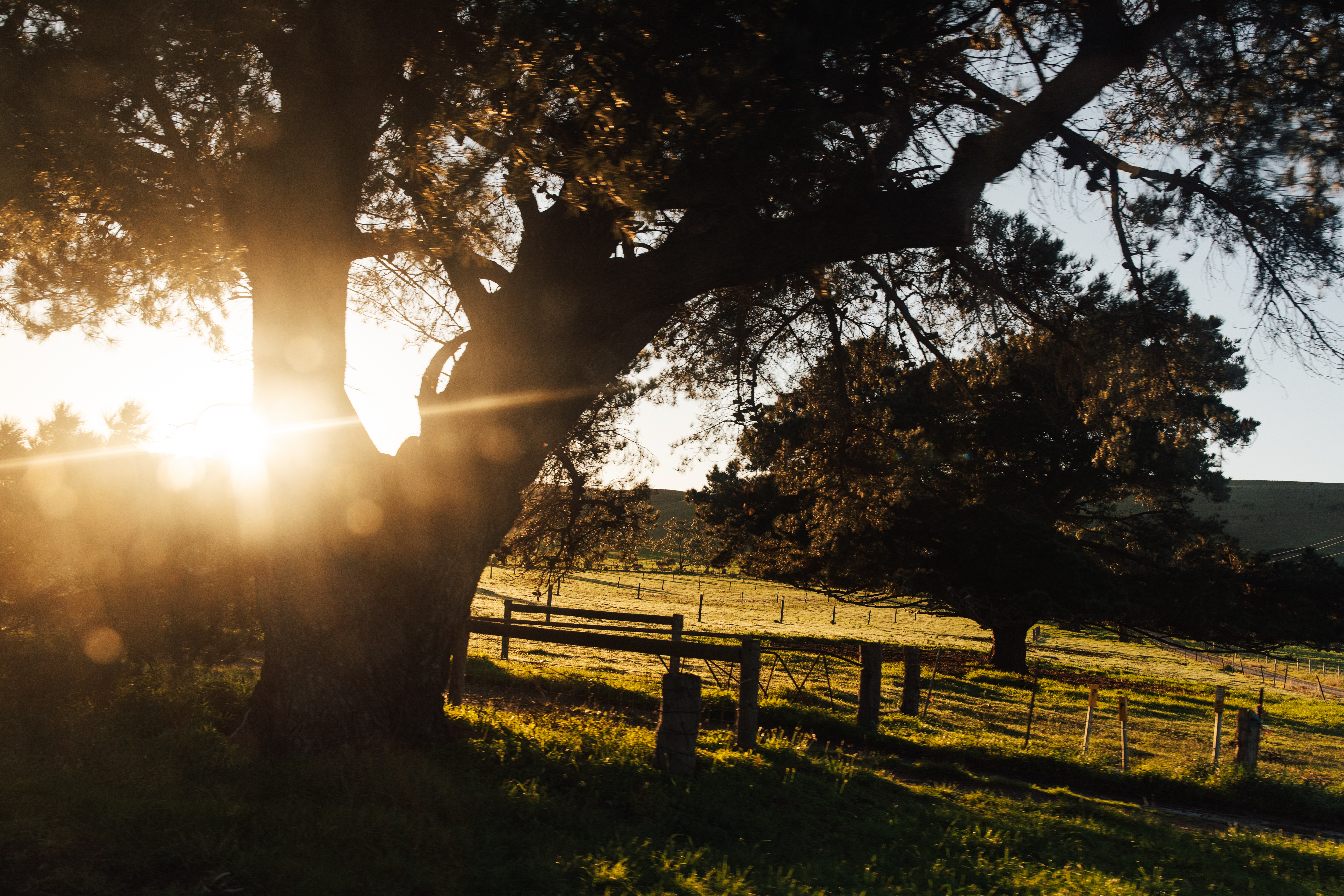
Infrastructure upgrades help stations manage drought, stock
HAMILTON Station is situated 110 kilometres north‐west of Oodnadatta and its annual rainfall is about 180 millimetres, with a large percentage of this coming in summer.
Watering points on the station are fed mainly by bores and pipelines however, to maintain numbers, it also relies on numerous dams and multiple semi‐permanent waterholes, some of which last up to two years.
From March 2012 to January 2015, a total of 34 months, there was only 185mm of rain, which is well short of the 470mm average over this period of time. None of these rains were beneficial enough to run water or grow substantial amounts of feed.
By January 2014 all dams and water holes had dried up leaving us reliant only on bores and pipelines. As a result, our carrying capacity was reduced by 30 percent.
Last year, Livestock SA was asked by Minister for Agriculture Leon Bignell to administer the Far North Water Infrastructure Grant Scheme to help the drought‐affected area. This program, funded by the State and Federal governments, was well advertised and welcomed.
After applying for the grant, and with the permission of the Pastoral Board, we established two new watering points on the western side of the property. This was a project we had been looking to do for several years, funding permitted.
The area is heavy Mitchell grass country with two creeks running through it, which fill several semi‐ permanent waterholes. Due to the heavy ground, rains of 50 millimetres‐plus are required in order to run them.
The previous strategy has been to graze heavy while the waterholes have water in them, then to transport away to other watering points upon depletion. By running these two additional waters, it The Far North Water Infrastructure Grant Scheme:
‐ Total funding for the scheme was more than $400,000 from the State and Federal Government and SA Arid Lands NRM Board.
‐ Producers could apply for up to $25,000 to cover up to half of the costs for eligible water infrastructure projects.
‐ Livestock SA administered the project in collaboration with PIRSA and the Pastoral Board.
‐ In total 17 grants were approved for SA pastoralists.
now means that we can run a more consistent and sustainable number of cattle in this area inline with the feed, and it has decreased the need for carting in or out, depending on the season.
The waterholes on one creek dried up and, due to the efficiency of Livestock SA approving the grants and that we were fortunate to be able to source materials in time, we were able to run one water prior to Christmas and retain stock in the area.
The last waterhole dried up in April and we then shifted the remaining cattle onto the second watering point, which was completed. Without these two waters, the area would be once again destocked, despite feed still being available. Instead a wider area can be grazed even more sustainably, effectively reducing overall grazing pressure.
We are thankful for the assistance this grant has provided. Without a doubt, the improvements it has enabled us to make will be able to support us in sustainable grazing and will make a difference in drought years to the efficacy of the station.
